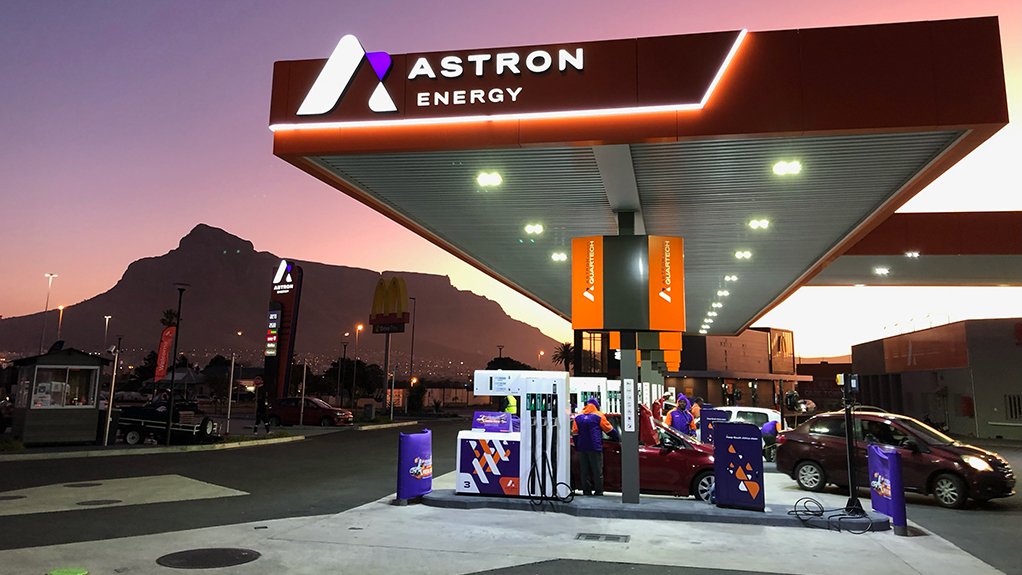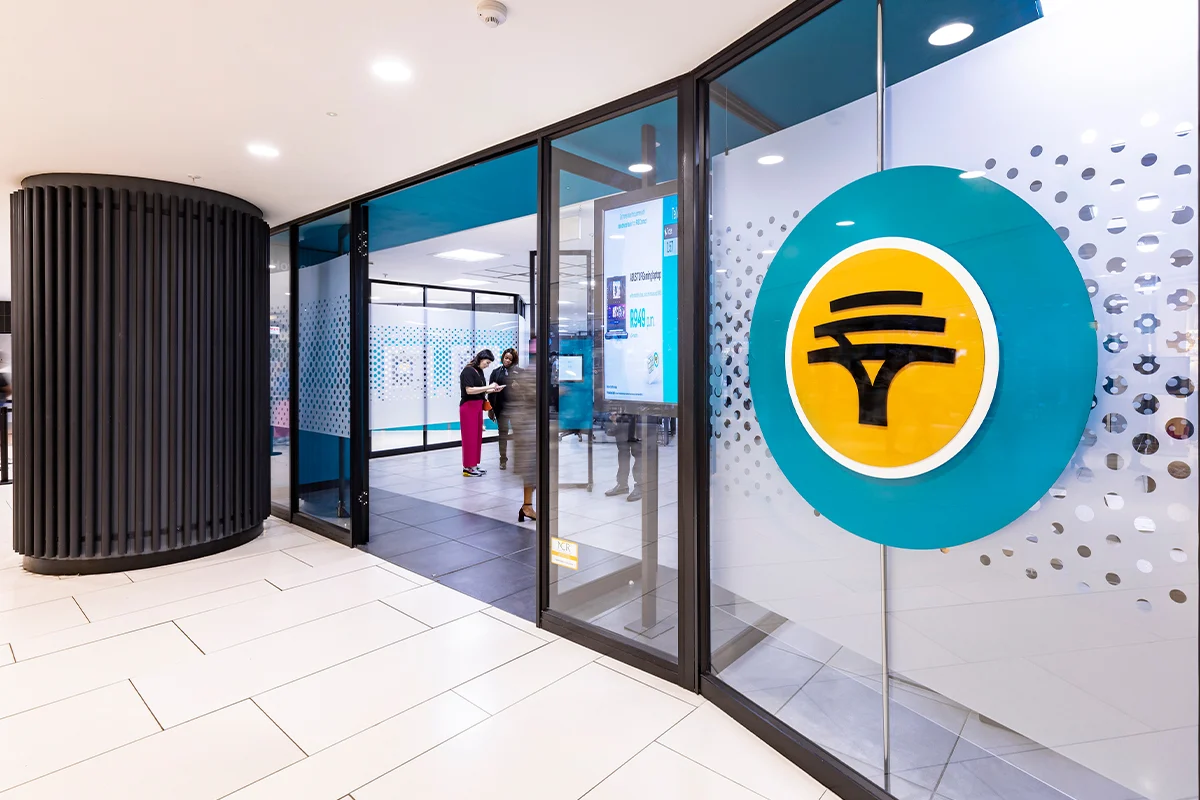⛽Resilience in Card Payments | A Necessity for Fuel Stations💣
 Ronald Bartels
Ronald Bartels
In the fast-paced world of fuel retail, every minute counts. Customers expect quick, seamless transactions, especially at fuel stations where convenience and speed are paramount. A critical aspect of ensuring smooth operations is a resilient card payment system. This means having both a primary and secondary card payment system from two different banks, with a 50% card machine split across the two.
Read about how an outage at FNB caused havoc on 👉 MyBroadband.
The Problem with a Single Banking Solution
Many businesses are enticed into a single banking solution strategy due to the promise of bulk discounts. While this might seem like a cost-saving measure on the surface, the reality is quite different. The discounts offered are often insignificant compared to the potential loss of revenue caused by a system failure. Here's why:
Inevitability of Failure: Regardless of the bank, no system is immune to failures. Technical glitches, network issues, or maintenance downtimes can disrupt card payment services. When a fuel station relies solely on one banking solution, a failure can halt all card transactions, leading to frustrated customers and lost sales.
Revenue Loss: In the event of a payment system failure, customers may leave without purchasing fuel, leading to a direct loss in revenue. Additionally, a negative customer experience can damage the station's reputation, resulting in a long-term decline in patronage.
The Case for a Resilient Card Payment Strategy
Implementing a resilient card payment strategy involves using two different banking systems and splitting the card machines equally between them. This approach offers several significant advantages:
Redundancy & Reliability: By having two independent systems, the station ensures that if one bank's system fails, the other can continue processing transactions. This redundancy minimizes downtime and maintains customer service continuity.
Load Balancing: With a 50% split across two banks, the transaction load is balanced, potentially reducing the strain on any single system and decreasing the likelihood of failures.
Competitive Edge: Offering a reliable payment system can be a competitive advantage. Customers are more likely to frequent a fuel station where they know they can consistently make payments without issues.
Customer Trust: Consistent and reliable service builds customer trust and loyalty. Customers who know they can depend on a fuel station for smooth transactions are more likely to return and recommend the station to others.
Implementing a Resilient Payment Strategy
To effectively implement a resilient payment strategy, fuel stations should:
Partner with Two Banks: Choose two reliable banking partners. Ensure that each bank provides the necessary support and integration for the station's point-of-sale (POS) systems.
Distribute Card Machines Equally: Equip the station with card machines from both banks. Ideally, half of the card machines should be connected to the primary bank and the other half to the secondary bank.
Monitor and Maintain: Regularly monitor both payment systems to ensure they are functioning correctly. Conduct routine maintenance and updates to prevent potential issues.
Train Staff: Ensure that all staff members are trained to handle transactions using both systems. They should also know the procedures to follow if one system fails.
Communicate with Customers: Keep customers informed about the station's commitment to providing reliable service. This can be done through signage, social media, or direct communication.
Ensuring Connectivity Resilience | A Parallel Strategy
Just as resilience in card payment systems is crucial for fuel stations, so too is ensuring reliable internet connectivity. In today's digital landscape, connectivity is the backbone of business operations, especially for fuel stations that rely on real-time transaction processing, inventory management, and customer service systems. Adopting a similar dual-strategy approach for connectivity across multiple Internet Service Providers (ISPs) can significantly mitigate the risk of failures and ensure seamless operations.
The Problem with Single ISP Dependency
Relying on a single ISP can be as risky as depending on one bank for all card transactions. Here are the primary concerns:
Single Point of Failure: If the ISP experiences an outage due to technical issues, maintenance, or external factors, the fuel station's entire connectivity is compromised. This can halt all online transactions, disrupt communication, and negatively impact customer service.
Limited Bandwidth & Speed: A single ISP may not always provide optimal bandwidth and speed, especially during peak times. This can slow down transaction processing and other critical operations, leading to inefficiencies and customer dissatisfaction.
Vulnerability to Attacks: Cyber threats and attacks targeting the ISP can compromise the station's network security, leading to potential data breaches and loss of sensitive information.
The Case for Multi-ISP Connectivity
Adopting a multi-ISP strategy involves partnering with two or more ISPs and distributing the internet load between them. This approach offers several key benefits:
Enhanced Reliability & Uptime: With multiple ISPs, the risk of complete connectivity loss is minimized. If one ISP experiences an outage, the other can continue providing internet access, ensuring uninterrupted operations.
Improved Bandwidth & Speed: Balancing the internet load across multiple ISPs can enhance overall bandwidth and speed, leading to faster transaction processing and improved customer service.
Increased Security: Utilizing multiple ISPs can add an extra layer of security. In case one network is targeted by a cyber attack, the other can serve as a backup, safeguarding the station's data and operations.
Implementing a Multi-ISP Strategy
To effectively implement a resilient connectivity strategy, fuel stations should:
Partner with Multiple ISPs: Choose reliable ISPs that offer robust services and support. Ensure that each ISP can meet the station's bandwidth and speed requirements.
Distribute Network Load: Set up network infrastructure to balance the load between the ISPs. This can be achieved using advanced routing protocols and network management tools.
Monitor & Maintain Networks: Regularly monitor the performance of all ISPs and conduct routine maintenance to prevent potential issues. Use network management tools to track bandwidth usage, speed, and uptime.
Train IT Staff: Ensure that IT staff are well-versed in managing multi-ISP setups and troubleshooting connectivity issues. They should be equipped to switch between ISPs seamlessly in case of an outage.
Communicate with Stakeholders: Inform employees and customers about the station's commitment to reliable connectivity. This transparency can build trust and confidence in the station's services.
Correlating Banking & Connectivity Strategies
The dual-strategy approach for banking and connectivity shares several similarities:
Redundancy: Both strategies aim to eliminate single points of failure by introducing redundancy. Whether it's payment systems or internet connections, having multiple options ensures continuity.
Load Balancing: Distributing the load across multiple systems—be it card machines or ISPs—enhances performance and reliability. This balance prevents overloading a single system, reducing the risk of failures.
Improved Service Quality: Both strategies lead to improved service quality. Reliable payment systems ensure smooth transactions, while robust connectivity ensures efficient online operations and customer interactions.
Risk Mitigation: By diversifying dependencies, both strategies mitigate risks associated with system failures, cyber threats, and operational disruptions. This proactive approach enhances overall business resilience.
Wrap
Fuel stations must prioritize resilience in both card payment systems and internet connectivity. By adopting dual-strategy approaches for banking and connectivity, fuel stations can ensure reliable, efficient, and secure operations. This proactive stance not only safeguards revenue but also enhances customer satisfaction and loyalty.
Ronald Bartels ensures that Internet inhabiting things are connected reliably online at Fusion Broadband South Africa - the leading specialized SD-WAN provider in South Africa. Learn more about the best SD-WAN in the world: 👉 Contact Fusion🏎️
Subscribe to my newsletter
Read articles from Ronald Bartels directly inside your inbox. Subscribe to the newsletter, and don't miss out.
Written by

Ronald Bartels
Ronald Bartels
Driving SD-WAN Adoption in South Africa
